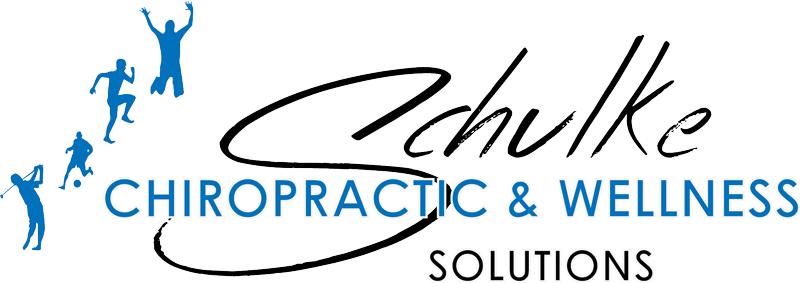Angiogenesis – An Important Concept in Neuropathy

What Is Angiogenesis?
Angiogenesis refers to the formation of new blood vessels from existing ones. When we get a cut, part of the healing process is the formation of new blood vessels through angiogenesis. This process is important for various physiological and pathological processes beyond wound healing such as embryonic development and tumor growth.
Angiogenesis is regulated by a delicate balance between pro-angiogenic and anti-angiogenic factors. Pro-angiogenic factors stimulate the growth of new blood vessels, while anti-angiogenic factors inhibit angiogenesis. This balance can be disrupted in various pathological conditions, leading to abnormal angiogenesis, which can contribute to diseases such as cancer, age-related macular degeneration, diabetic retinopathy, and Peripheral Neuropathy.
Targeting angiogenesis has become an important strategy for the treatment of these diseases, and several drugs that inhibit angiogenesis have been developed and are used in clinical practice.
Peripheral Neuropathy
Peripheral neuropathy is a condition in which the peripheral nerves, which transmit signals between the central nervous system and the rest of the body, are damaged. There are several mechanisms that cause peripheral neuropathy. It is believed that several factors, including oxidative stress, inflammation, and angiogenesis, play a role.
Role of Angiogenesis in Neuropathy
In the context of angiogenesis-related to peripheral neuropathy, it is believed that the balance between pro-angiogenic and anti-angiogenic factors is disrupted, leading to abnormal angiogenesis. Abnormal angiogenesis can further contribute to nerve damage by causing oxidative stress, inflammation, and decreased blood flow to the peripheral nerves. In our Carmel, Indiana Neuropathy Clinic, we use special thermal imaging techniques to determine if this is part of the underlying cause of a patient’s Neuropathy.
Simply put, the blood vessels that supply the nerves die off, which suffocates the nerves of oxygen and restricts necessary nutrients. This leads to the symptoms we see in neuropathy including burning pain, numbness, tingling, sharp pain, balance problems, and loss of muscle function. Eventually, the nerves are starved and suffocated to the point of dying off. In our Indianapolis, IN Neuropathy Clinic, Dr. Matt Schulke provides a 16-point sensory test as part of his Neuropathy Evaluation. This determines the amount of nerve damage present, down to the 10th of a percent. This information, along with the other components of our evaluation, helps us determine if we are able to help and an appropriate treatment program.
Additionally, it has been shown that angiogenesis can also contribute to the development of neuropathic pain, which is a common symptom of peripheral neuropathy. This is thought to occur through the activation of sensory nerves in response to the growth of new blood vessels and the release of pro-inflammatory mediators.
How Do You Fix This?
To address this underlying cause of neuropathy, we use several FDA-cleared medical devices in our Carmel Neuropathy Clinic that have been proven to promote angiogenesis and increase micro-circulation the body. Important point: some devices promote angiogenesis to rebuild damaged blood vessels, while others increase blood flow in general. It is important to utilize both.
What Comes Next?
After the formation of new blood vessels to the nerves has been established, it is then vitally important to properly stimulate, retrain, and re-educate the nerve pathways that have been damaged. This is where specific in-clinic and at-home protocols come in.
Get Your Personal Evaluation
Click the link below if you would like more information or would like an evaluation to see if we can help you!
